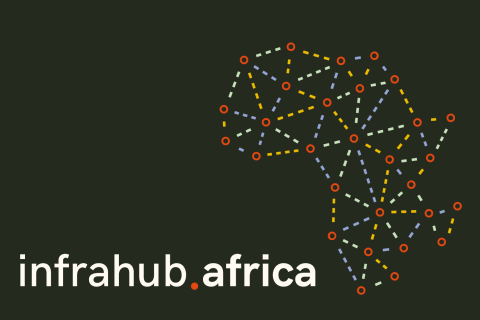African urban futures
This pioneering collaboration between the Urban Futures Studio and the African Centre for Cities (University of Cape Town) explores the use of imaginaries to shift decision making in favour of more sustainable African cities. It focuses on the use of existing innovations from around the continent to inspire new imaginaries, and the role that research-supported networks and futuring techniques can play in supporting stakeholder action toward the implementation of more sustainable infrastructure in Africa. The project is subsidised by the Dutch Ministry of Infrastructure and Water Management, and the team consists of Maarten Hajer, Blake Robinson and Josie Chambers.
Recources
- www.infrahub.africa
- www.africancentreforcities.net/the-ideas-festival-re-imaging-infrastructure/
- postfossil.city/en/finalists/african-alternatives
- www.resourcepanel.org/reports/weight-cities
- riseafrica.iclei.org/riseprogramme2022/shifting-systems-infrastructure-innovation-for-sustainable-african-cities/
- www.uu.nl/en/research/urban-futures-studio/initiatives/imagining-urban-futures/workshop-sessions/the-path-breaking-potential-of-african-cities
The challenge
By 2050, the world's urban population is expected to have doubled compared to 2010. Africa is particularly important in this regard, as its urban population is expected to triple during this period. This demographic shift will translate into extensive urbanization in a part of the world where more than half of urban dwellers currently live in self-built neighbourhoods with poor access to services. Significant investment in new buildings and infrastructure will be required at a time where global emissions need to reduce, which means that these cities will need to adopt different technologies, materials and approaches to those we recognize in today's cities.
Imagining alternatives
Cities do not just emerge. There is a logic of development that shapes the projects that get funded and don’t get funded that, over time, creates new cityscapes. Sustainable urban development requires a break with the present logic of development. In this ‘imaginaries’ (mental pictures of an idealized world) play a key role. In the case of African cities, there is a shortage of imaginaries that reconcile the aspirations of citizens with the realities of the climate, resource and biodiversity crises. Thus far, those that exist have failed to capture the minds of decision-makers, and outdated 20th Century development logics persist. This is seen in many of the visions for future African cities dominated by multi-lane highways, stand-alone shopping malls and gated enclaves for the elite.
Our approach
Imaginaries of African cities that 'leap frog' over fossil-fuel-based cities may seem far-fetched at first, but there are already signs of this starting to happen in various urban experiments around the continent. Based on our earlier work, we want to explore how drawing on existing, and potential innovations can create new future orientations. We will do this by bringing promising innovations together to create compelling shared 'imaginaries' of sustainable urban infrastructure in African cities, and using them as a basis for engagement with decision-makers. Where we will explore new territory is by seeing how existing networks can use imaginaries to think differently and collaborate more effectively in the interest of advancing more sustainable infrastructure in African cities.
Infrahub.Africa

On 25 May (Africa Day), the Urban Futures Studio and African Centre for Cities launched infrahub.africa. This website showcases 20 case studies of infrastructure initiatives that serve society and the environment from across Africa, and invites others to add their own case studies from the continent to build the database and inspire others.
Research team
 Director of ACC | South African Research Chair in Urban Policy
Director of ACC | South African Research Chair in Urban Policy Postdoctoral Researcher at African Centre for Cities
Postdoctoral Researcher at African Centre for Cities Postdoctoral Researcher at African Centre for Cities
Postdoctoral Researcher at African Centre for Cities

